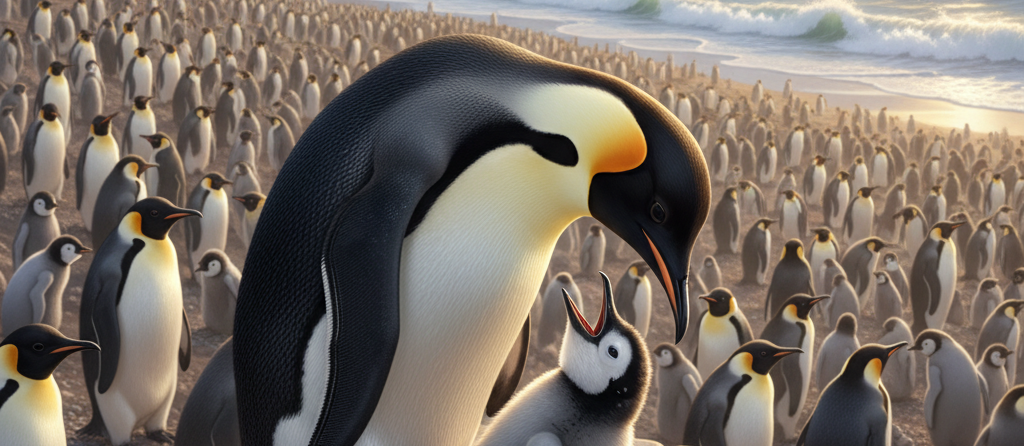Penguins, the tuxedo-clad icons of the Antarctic, are remarkable flightless birds adapted to some of Earth’s harshest environments, captivating animal enthusiasts with their waddling gait, swimming prowess, and intricate social behaviors. With 18 species ranging from the emperor penguin of the frozen south to the Galápagos penguin near the equator, these avian wonders demonstrate evolutionary ingenuity in survival, parenting, and community living. In the pets & animals realm, while penguins aren’t suitable as household pets due to their specialized needs, they inspire conservation awareness and ethical zoo exhibits, highlighting the fragility of polar ecosystems amid climate change.

Evolutionary Adaptations and Habitat Diversity
Penguins evolved from flying ancestors around 60 million years ago, trading wings for flippers to excel in aquatic life. Their dense bones aid diving—emperors reach depths of 500 meters—while waterproof feathers and blubber layers insulate against sub-zero temperatures. Species like the Adélie thrive in Antarctic pack ice, fasting for months during breeding, whereas temperate ones like the African penguin inhabit rocky coasts with burrows for shade.
Geographically, most reside in the Southern Hemisphere, from Antarctica’s emperor colonies to New Zealand’s yellow-eyed penguins in forests. Their black-and-white countershading camouflages them from predators like seals and orcas—dark backs blend with ocean depths from above, white bellies with surface light from below. This adaptation, combined with speeds up to 35 km/h underwater, makes them agile hunters of fish, krill, and squid.
Social Behaviors and Family Dynamics
Penguins are highly social, forming massive rookeries of thousands during breeding seasons. Emperors famously huddle for warmth in -60°C blizzards, rotating positions to share heat—a behavior showcasing altruism. Courtship involves elaborate displays: bows, calls, and pebble gifts in species like gentoos, symbolizing nest-building commitment.
Parenting is egalitarian—both sexes incubate eggs (emperors balance them on feet for two months) and regurgitate food for chicks. Vocal recognition allows parents to locate offspring in crowded colonies. As animals, their playfulness—sliding on bellies (tobogganing)—and curiosity toward humans endear them, but captivity requires vast pools and cold climates, as seen in facilities like SeaWorld, where enrichment mimics wild stimuli.

Conservation Threats and Human Interactions
Many penguin species are vulnerable or endangered: king penguins face overfishing of prey, while Galápagos ones battle invasive species and El Niño events. Climate change melts sea ice, disrupting food chains and breeding grounds—emperor populations could decline 50% by 2100, per studies. Oil spills and plastic pollution add perils, with rehabilitation centers like South Africa’s SANCCOB rescuing oiled birds.
Conservation includes marine protected areas around South Georgia and tracking via satellite tags. For pets & animals fans, adopting symbolic penguins through WWF or visiting ethical sanctuaries promotes support without direct ownership, as wild penguins thrive best in nature.
Penguins’ Cultural Impact and Future Insights
Culturally, penguins star in films like “March of the Penguins” and “Happy Feet,” fostering empathy and education. Research into their thermoregulation inspires biomimetic tech, like insulating materials, while genomics reveals virus resistance applicable to avian flu studies.
Penguins remind us of nature’s resilience and the urgency of protecting remote habitats, encouraging a global appreciation for these charming survivors.
